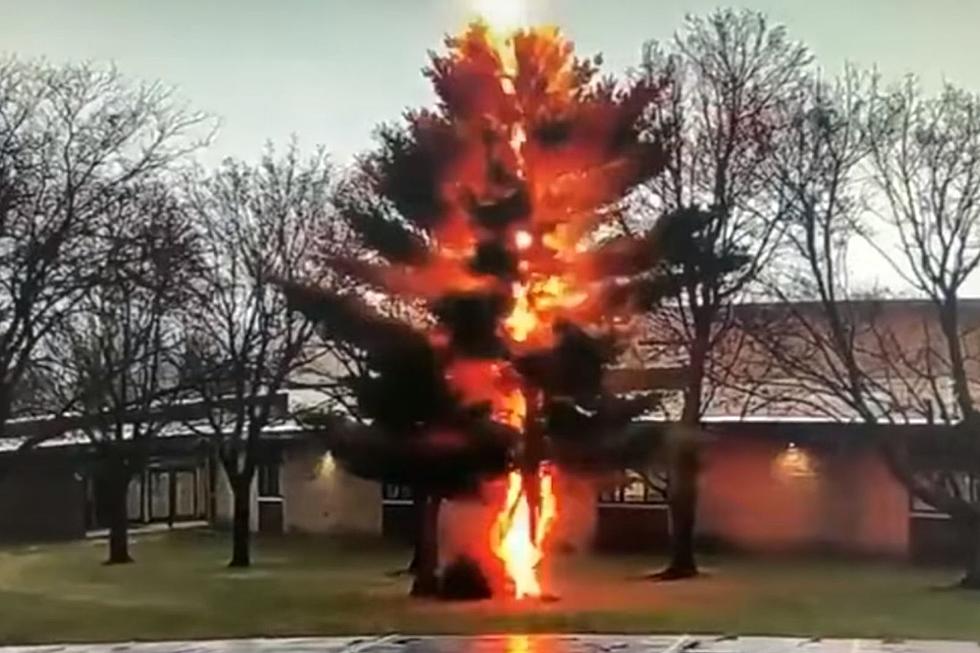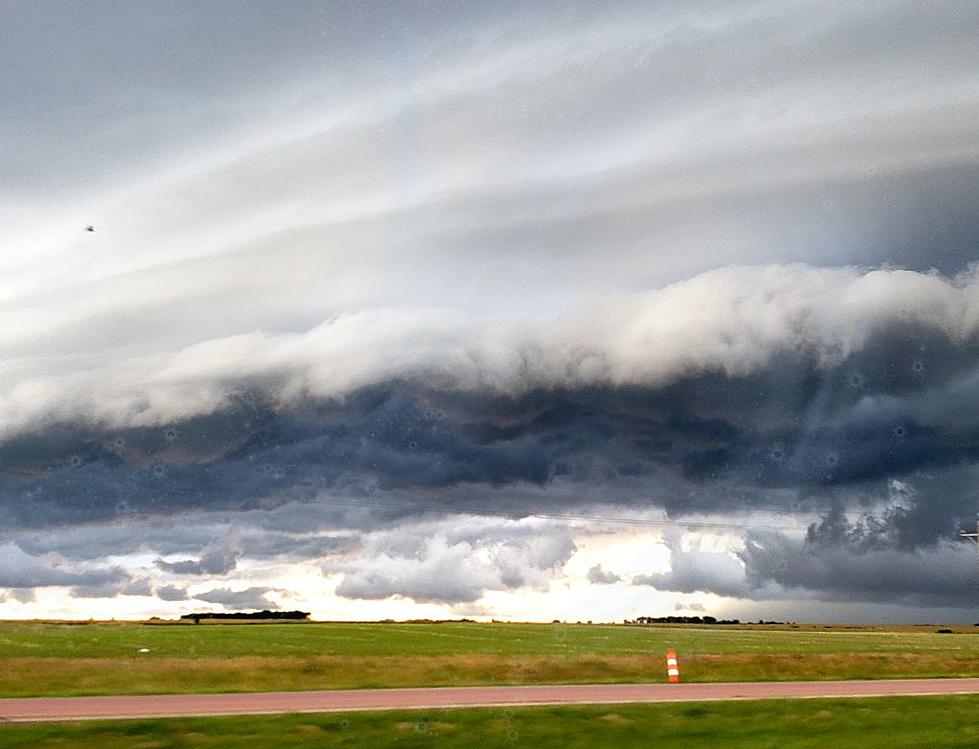
Video of a Bolt of Lightning Destroying a Tree
On Thursday, April 8, a bolt of lightning destroyed a pine tree at a High School in Wautoma, Wisconsin.
According to the National Weather Service: Air is a very poor conductor of electricity and gets extremely hot when lightning passes through it. How hot? 50,000 degrees Fahrenheit (five times hotter than the surface of the sun).
A bolt of lightning can travel at speeds of 13,670 miles per hour. As the lightning heats the air in its immediate vicinity, the surrounding air compresses and creates what is heard as thunder.
There are approximately 100,000 lightning strikes on Earth every single day. In 2020, Earth had 170 million strikes. (Texas had the most out of the 50 states with nearly 34 million)
However in 2020, according to Vaisala's annual lightning report, Iowa reported 2,608,791 total cloud-to-ground lightning strikes and in-cloud lightning pulses. Iowa was ranked 22nd in the number of total lightning strikes in the entire United States.
According to weather.gov, Iowa recorded 74 fatalities from lightning strikes from 1959-2016. That's the 24th fewest in the nation in that time period. Florida has had the most deaths due to lightning with 491 in that same time period.
LOOK: The most expensive weather and climate disasters in recent decades
KEEP READING: Get answers to 51 of the most frequently asked weather questions...





